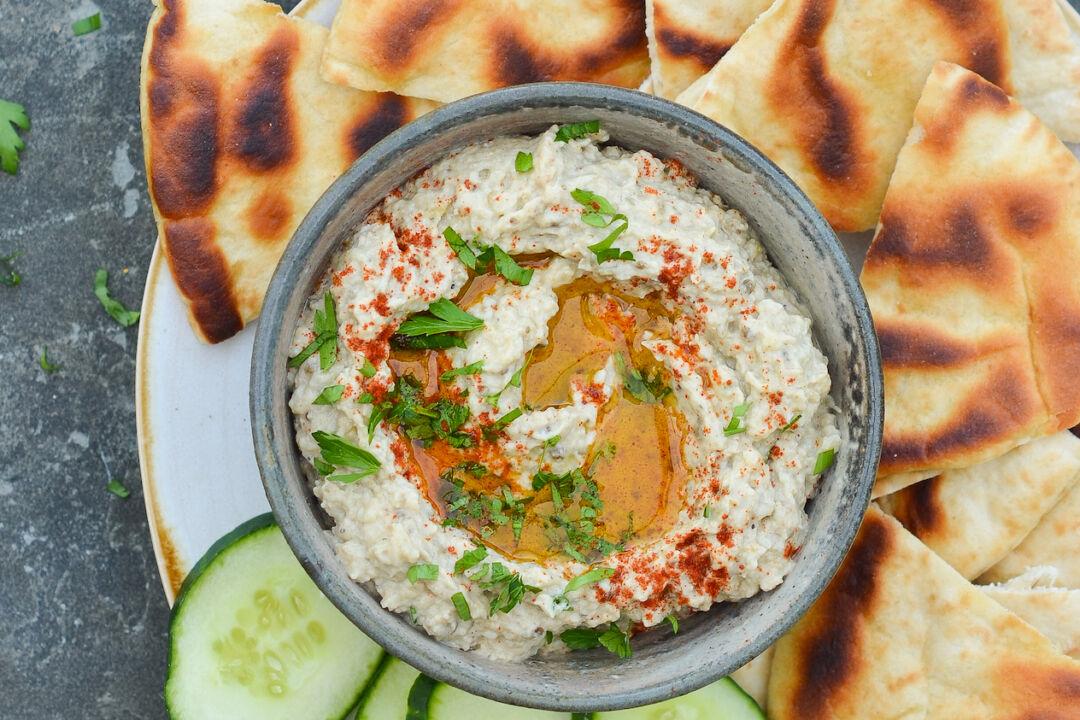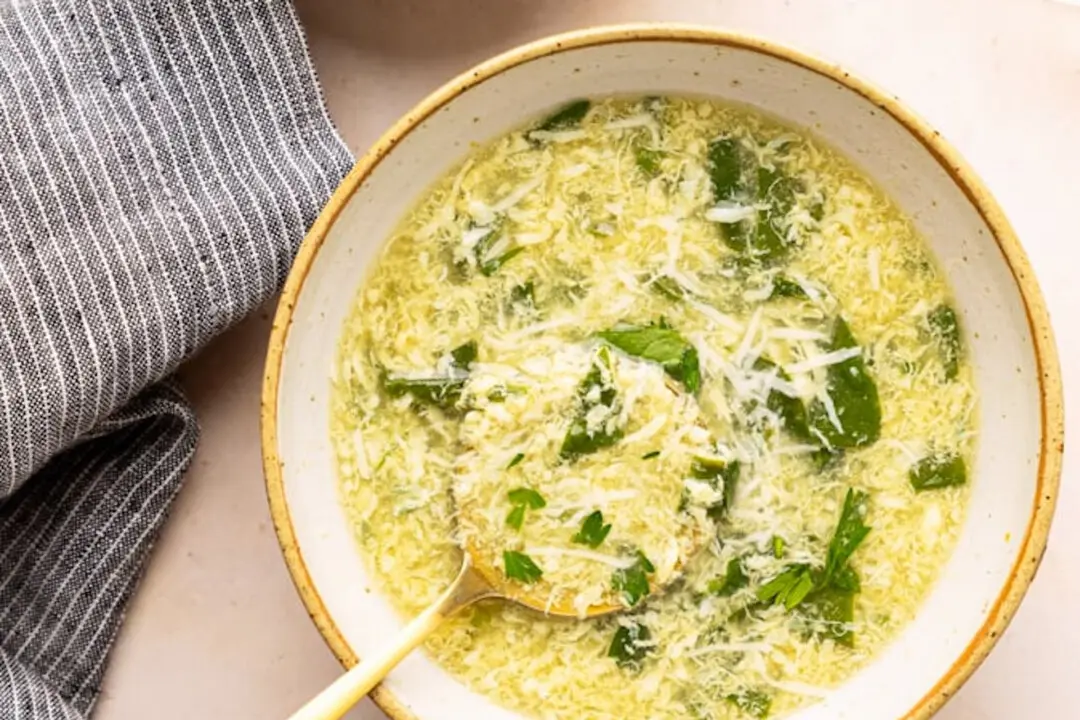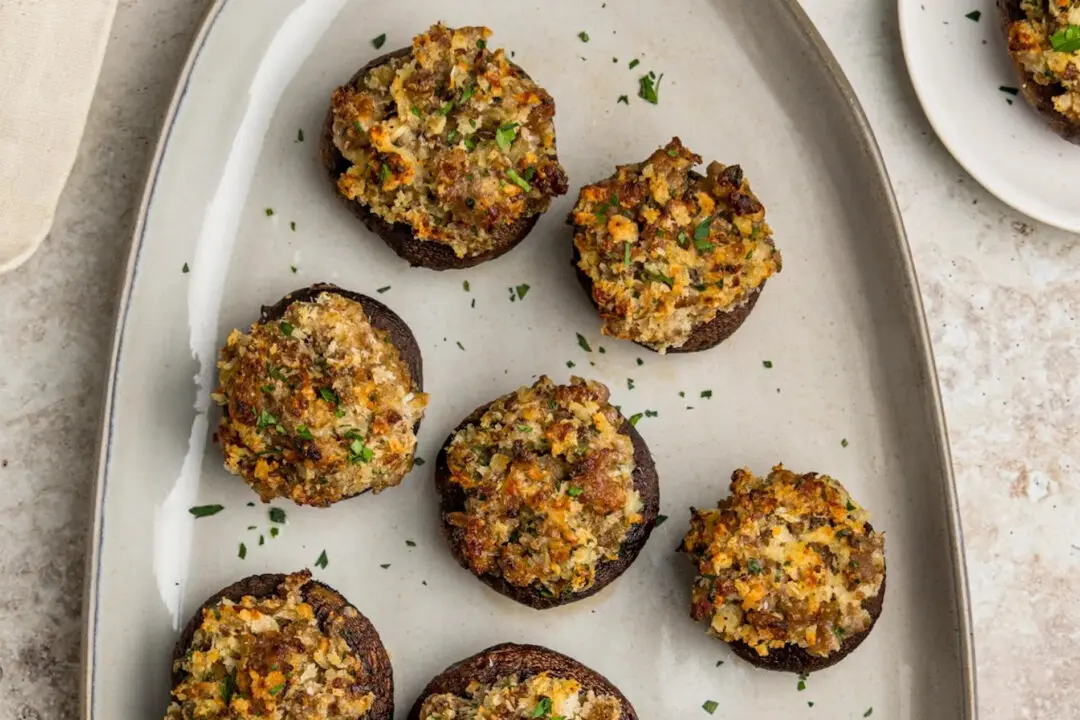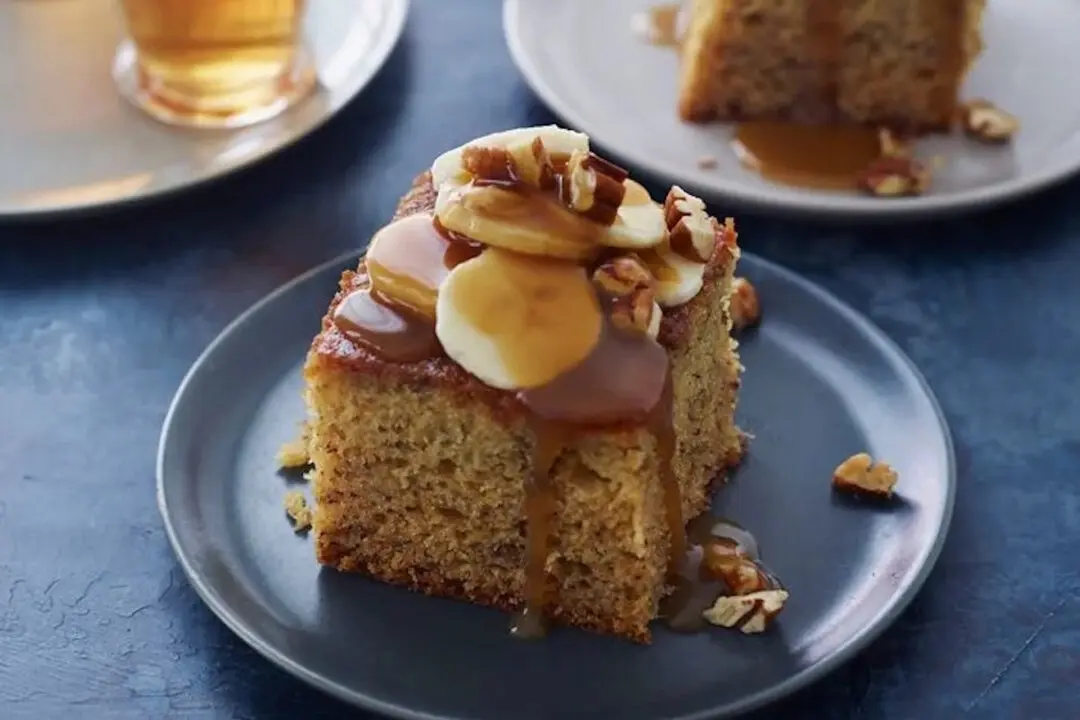Baba ganoush is a delicious Middle Eastern dip made from cooked eggplant, tahini, lemon juice, olive oil, and spices. It’s quite similar to hummus, but instead of chickpeas, it’s made with roasted eggplants, giving it a unique smoky taste. It is often served as part of a Mediterranean mezze platter or appetizer spread along with dishes like falafel, tabbouleh, labneh, and stuffed grape leaves. There are a few tricks to making really good baba ganoush, and we’ll cover those in the step-by-step instructions, but it mostly comes down to seasoning. Even in many restaurants, baba ganoush can be very bland. You’ll love this version, packed with robust flavor.
What You’ll Need To Make Baba Ganoush
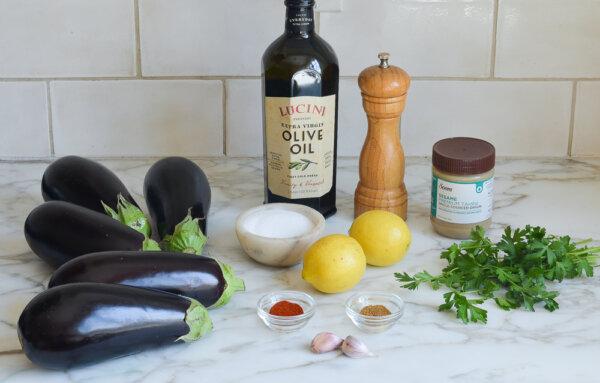
Courtesy of Jennifer Segal

